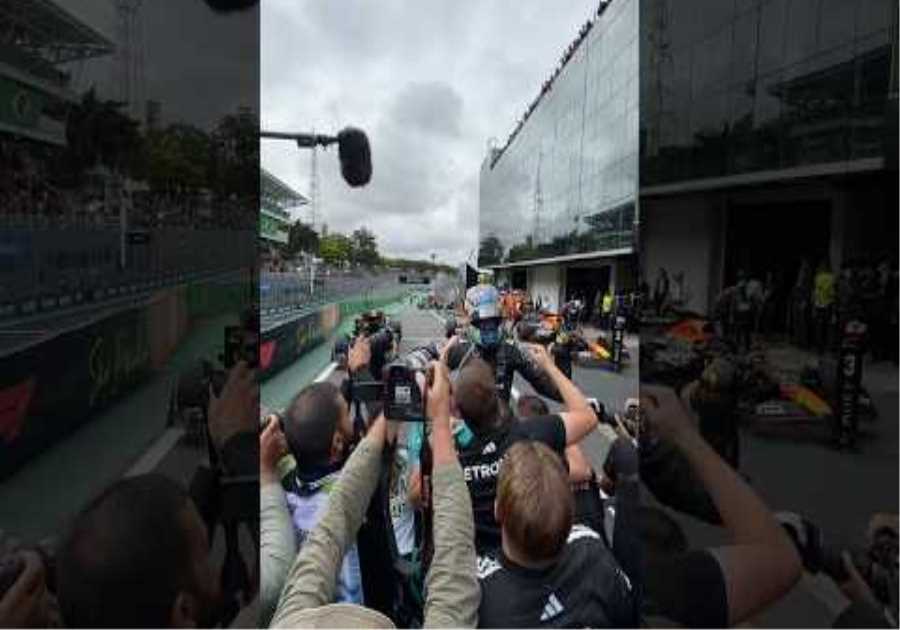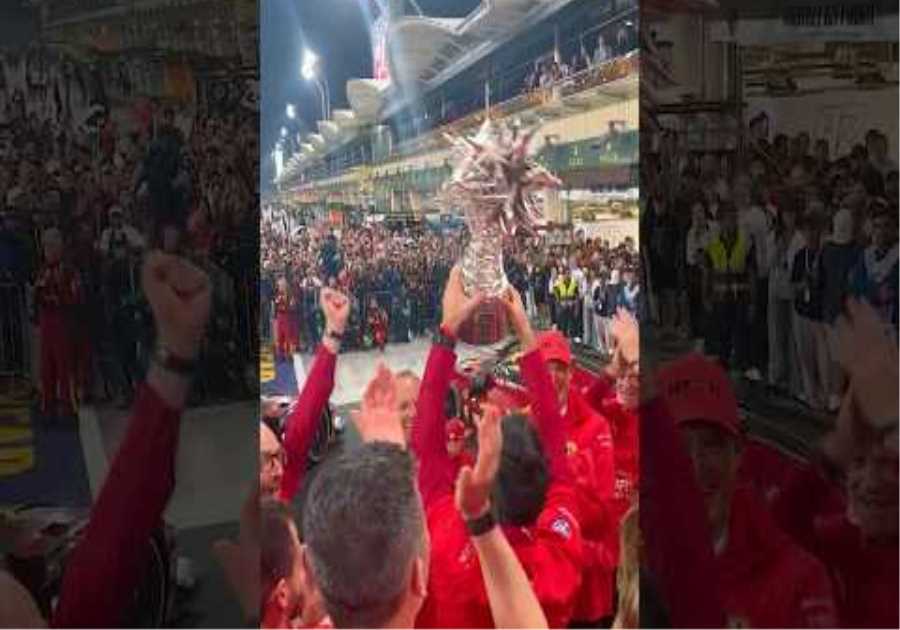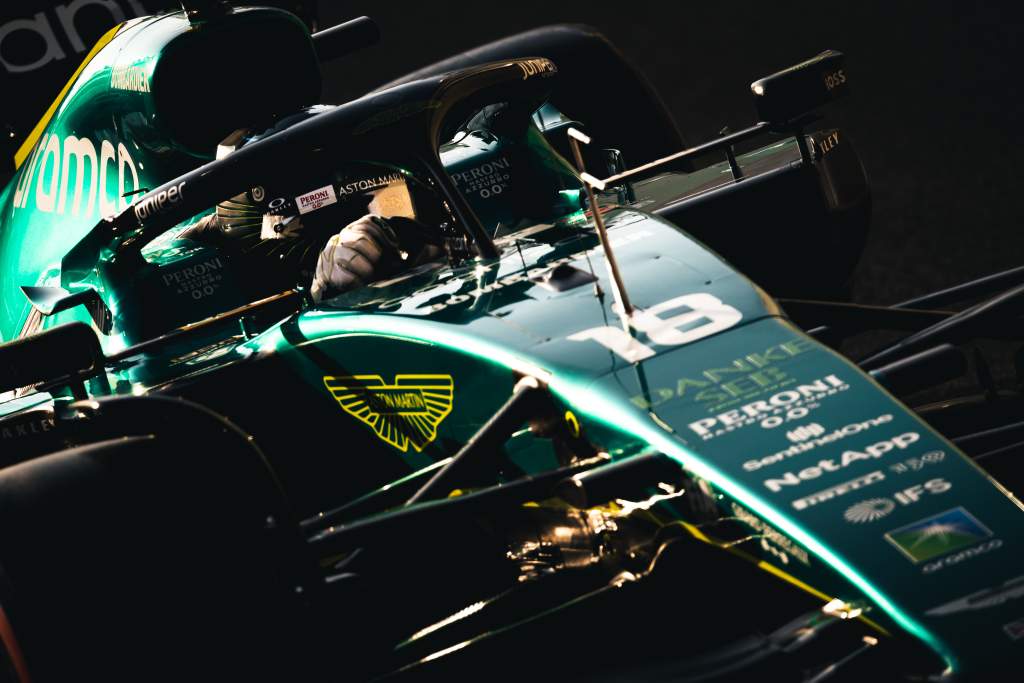
Aston Martin has long-term aspirations to join the big guns at the front of the Formula 1 field and is going about it in the right way with aggressive staff recruitment, investing in a new headquarters with state-of-the-art wind tunnel and a big-name signing in Fernando Alonso in place of the retired Sebastian Vettel.
But underpinning its strategy is the recognition that the team cannot simply “replicate what our competitors are doing”.
Much of Aston Martin’s recruitment is inevitably from those leading competitors it wants to catch at the front of the field.
Dan Fallows (as technical director) and Andrew Alessi (as head of technical operations) have joined from Red Bull, Eric Blandin as deputy technical director from Mercedes.
That’s alongside former McLaren chief Martin Whitmarsh as group chief executive officer and ex-Sauber man Luca Furbatto as engineering director.
Fallows is one of the key players in the evolving, and growing, technical strength of the team and stresses the importance of Aston Martin not simply attempting to recreate what the established big teams do.
He argues Aston Martin must establish its own working practices, structures and methodologies in order to maximize its potential. That reflects the need not just to go its own way in terms of car design, as it famously didn’t do as Racing Point in 2020 with its Mercedes clone, but the whole structure and culture of the team.
The former Red Bull chief engineer of aerodynamics, who has overseen the 2023 car from the start of the project, has set the target of setting new standards in order to do things better than its rivals in order to catch up with them in the Aston Martin long term.
“The important thing for us is to make sure that we don’t just replicate what our competitors are doing,” said Fallows. “We don’t believe that’s going to help us overtake the likes of Mercedes, Red Bull, and Ferrari.
“We have to develop our own way of doing things. That does take time, but we’ve got a hugely ambitious group of people.
“One of the things about seeing the new factory come together is it demonstrates this momentum, this vision, this wish to accelerate the process of moving up the grid and get into a winning situation.
“That’s what’s really going to help us get there is this passion, this motivation, and this belief that we will get there eventually.”
In elaborating on what he means by this, Fallows explained that there are already significant differences between the way each F1 team operates.
This means Aston Martin is in a position to adopt some practices from its rivals to create what it sees as the ideal, as well as incorporate any new ideas to come up with what will be Aston Martin’s way of doing things.
“Without going into the specifics of it, there are differences in the way that, for example, Mercedes and Red Bull operate their aerodynamic development,” said Fallows. “Some of the ways that they deal with vehicle performance issues and some of those things are just done in a different way.
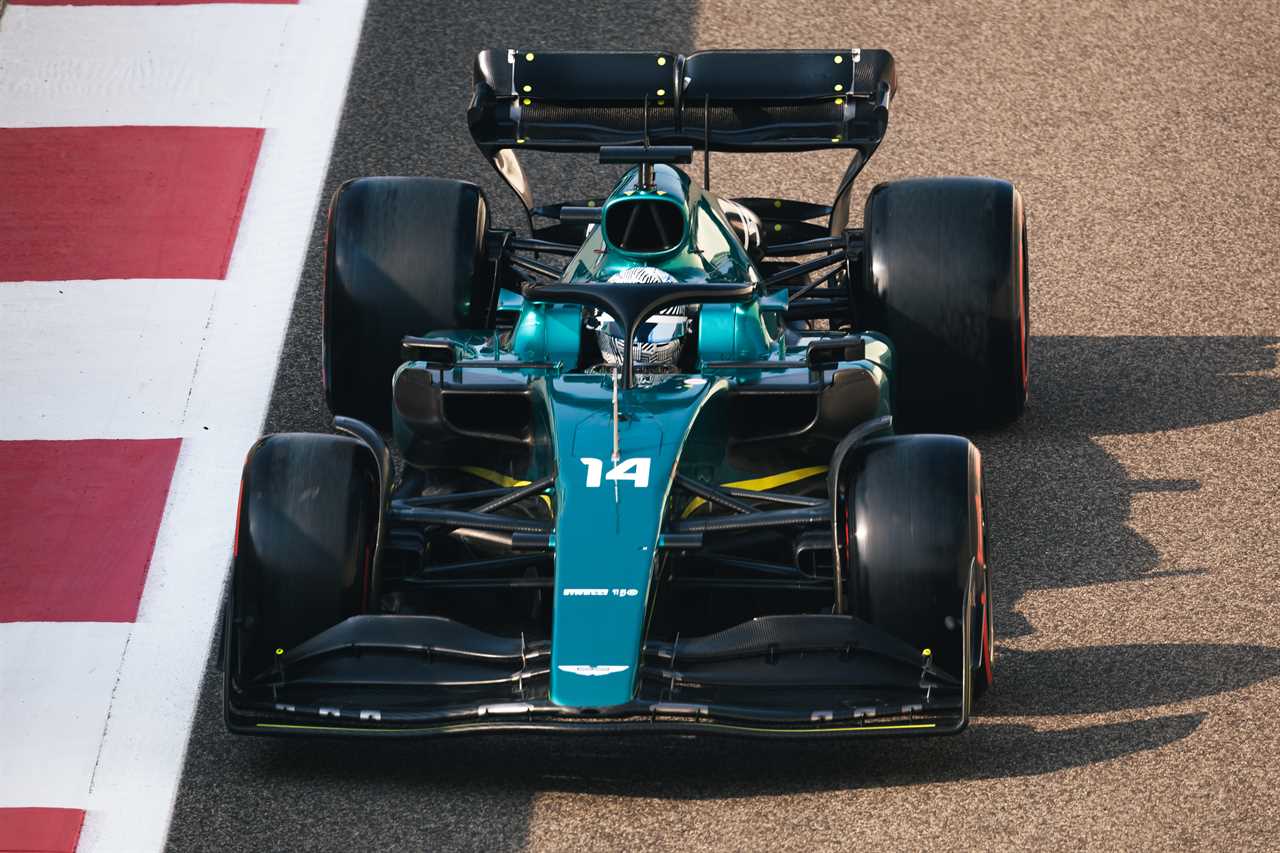
“This team had adopted their own way of doing things as well, so it’s really just a question of taking all of those ideas, some of the ones that I’m passionate about, some of the ones that other people feel passionate about, that are better ways, evaluating them in an open and honest way and then coming up with their own way of doing things.”
Aston Martin is exploiting a unique opportunity to establish its own way of doing things thanks to the timing of its expansion. While it has significant resources being thrown at it that are a prerequisite for success, the combination of the dramatically transformed economic landscape of F1 and the fact it is building its own purpose-built factory is what Aston Martin offers the chance to make good on the objective of doing more than just replicating rivals.
The new smart factory, which the team is due to move into in May, is designed to be optimized for the size of F1 teams in the cost cap era, with technology being used to ensure efficiency is maximized. While other teams have adapted existing facilities, Aston Martin has built one from scratch. If it’s got that right, there are benefits it can access in doing things better than its rivals. This isn’t to be underestimated, as proved by the fact those running the big teams have stressed repeatedly how much F1 has changed in the cost cap era.
The top teams in F1 have always found ways to drive forward the processes used to set new standards for efficiency. The introduction of the cost cap puts an even greater premium on this, which is something Aston Martin can potentially exploit.
It also has the advantage of an influx of personnel from rival teams, bringing ideas that can be integrated. That means both their own new ideas, as well as learning from what can be done better from other teams. Pulling all that diverse input together into a cohesive team and set of processes will be the challenge.
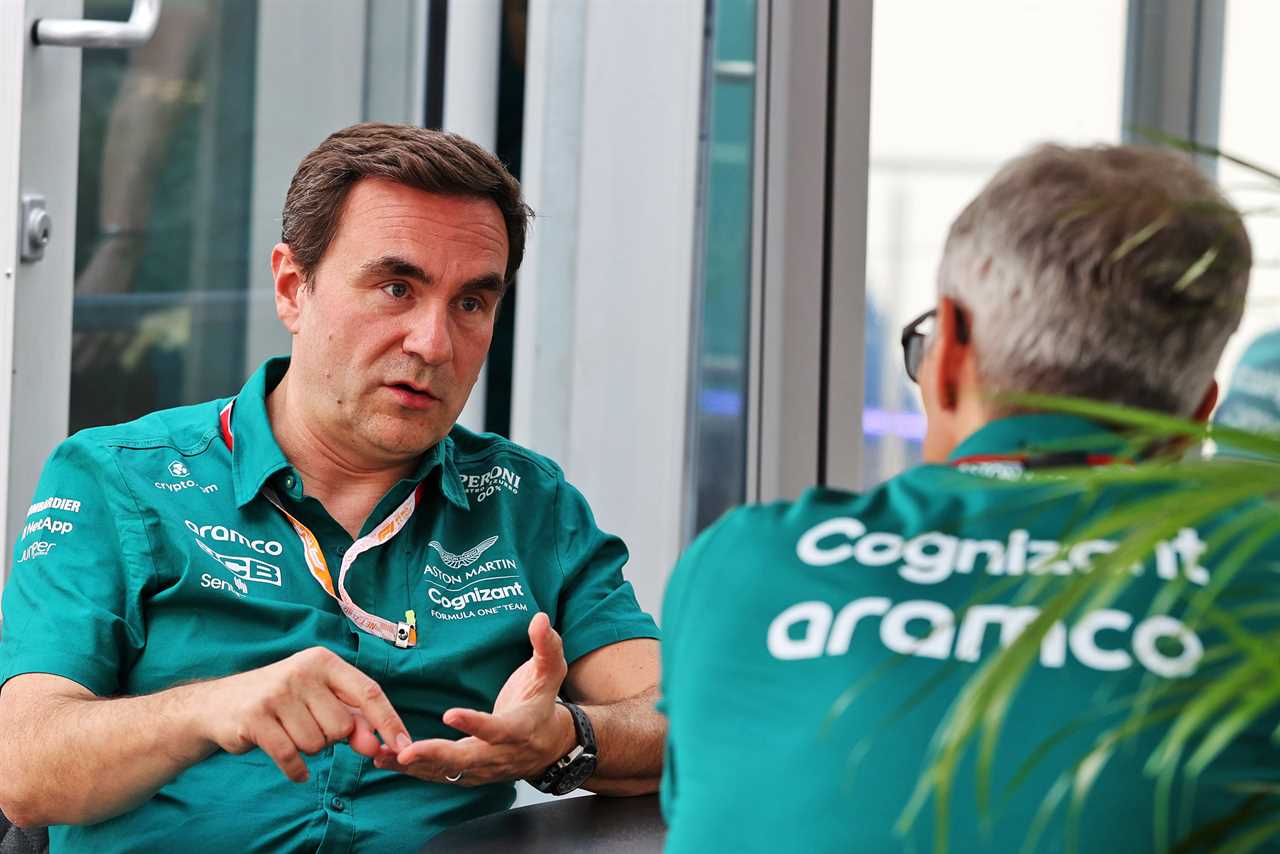
While Fallows is one of the higher-profile recruitments Aston Martin has made, there have been additions at every level as the team has expanded to its current level of 650-700 people.
“We’re keen to learn from what other people do well,” said Fallows. “When you recruit people, there’s always things you can learn from what other teams are doing. But also, we’ve been fortunate enough to recruit some very talented, very experienced people who have their own ideas about what makes a car go fast.
“The nice thing is that they’ve come into this environment very open-minded, very willing to forge our own way of doing things using that and that collective experience to come up with our own way, which is very positive.”
For Fallows, the logical comparison point is Red Bull. He worked there from 2006 until his departure for Aston Martin, and also had a previous stint with the team in its Jaguar guise.
Red Bull has now won a total of six drivers’ titles and five constructors’ championships, making it an ideal comparison point for how far Aston Martin has to go if it is to be able to compete on level terms.
“There’s a number of reasons why Red Bull are good,” said Fallows. “They’ve managed to, over a period of years, iron out issues in every aspect of the team, whether that be the race team, the manufacturing facilities, the design office.
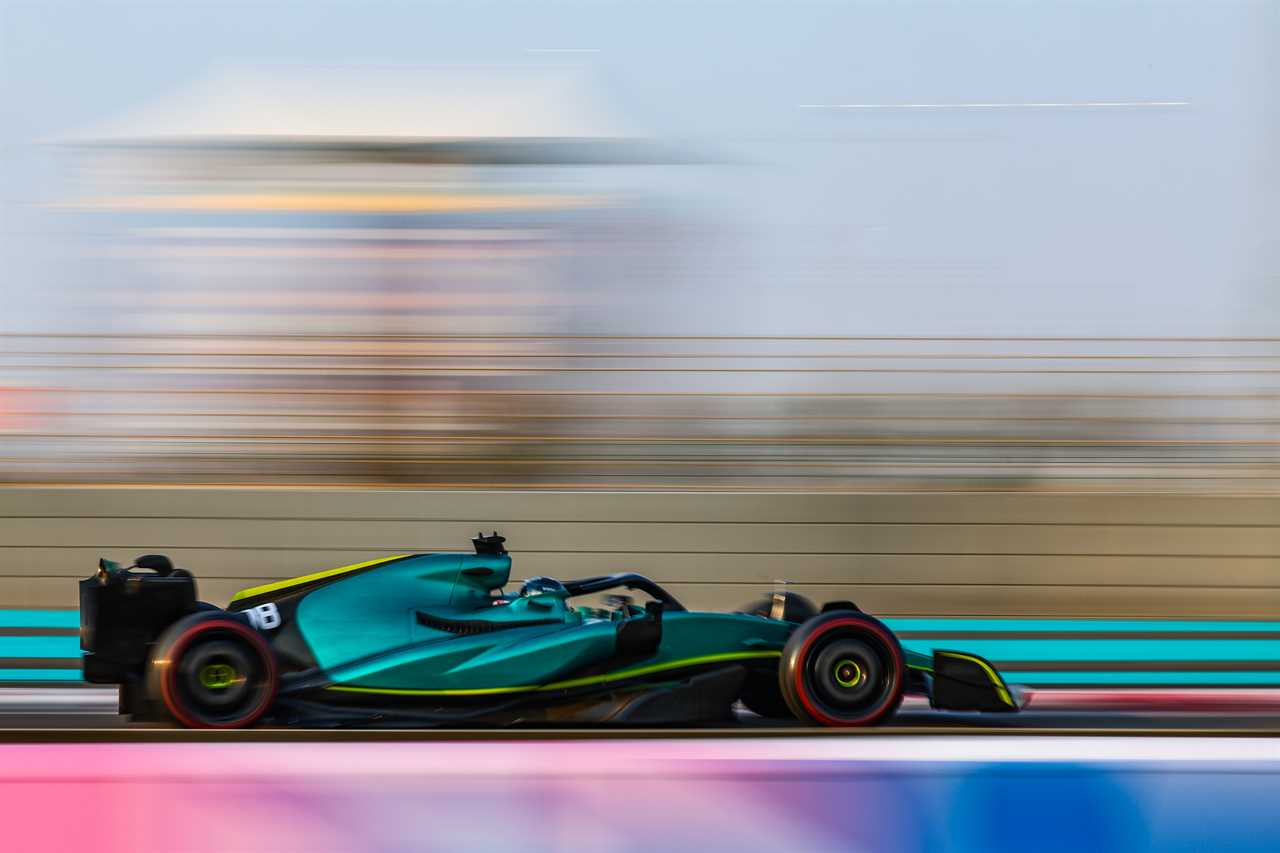
“And a lot of building that kind of success is making sure that there are no areas where you have substantial weaknesses.
“They are an incredibly strong team. I do have an experience of what it means to win races and win championships and the key message is that you just have to make sure that in every aspect of what you’re doing there are no holes, there are no things which you’re doing that can be compromised or can compromise your performance.”
All of this sounds positive in theory, but F1 history is littered with teams that had the resources to become contenders and failed to do so. Aston Martin is still a few years off the point where it can be expected to get to the front, but it’s the work that’s going on now to set it on the right path that will dictate whether or not it can deliver on its objectives.


